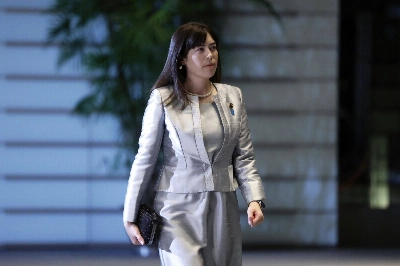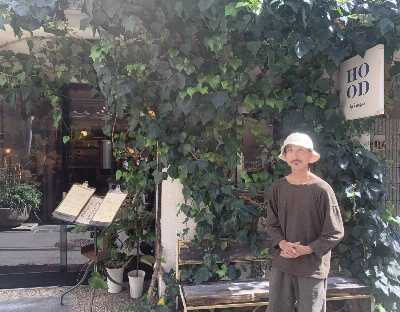Meta
Chris Bamforth
Sep 22, 2006
Aug 25, 2006
Jul 28, 2006
Jul 9, 2006
Jun 23, 2006
May 26, 2006
Apr 28, 2006
Apr 16, 2006
Mar 31, 2006
Feb 24, 2006
Jan 27, 2006
Nov 25, 2005
Oct 28, 2005
Sep 30, 2005
Aug 26, 2005
































